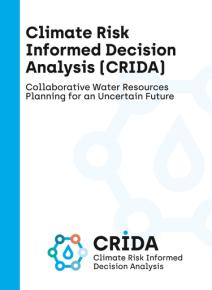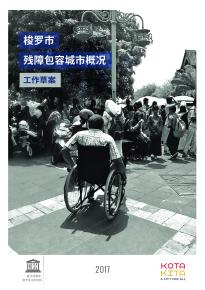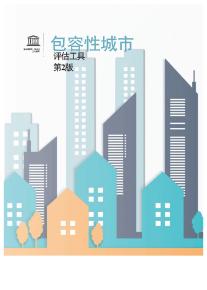Publication
Monitoring and Warning for Tsunamis Generated by Volcanoes

As a response to this requirement, the Intergovernmental Oceanographic Commission (IOC) of UNESCO Working Group on Tsunamis and Other hazards related to sea level Warning and mitigation Systems (TOWS WG) created an ad hoc team under its Task Team on Tsunami Watch Operations (TT-TWO). The Ad Hoc Team on Tsunamis Generated by Volcanoes (TGV Team) aims to:
- Document the current state of monitoring and warning of volcanic tsunamis;
- Provide guidance to Member States and the IOC on this topic.
This report is the culmination of that work and provides an overview of how volcanoes can generate tsunamis, modelling techniques specific to volcanic tsunamis, requirements and examples of monitoring and warning systems, and finally the following recommendations for the future:
Organisations should be designated for monitoring and warning of Tsunamis Generated by Volcanoes (TGVs), and proceed to install monitoring instrumentation and develop Standard Operating Procedures (SOPs) to handle them.
TGV monitoring and warning systems should be implemented by, or in cooperation with, National Tsunami Warning Centres (NTWCs), regional Tsunami Service Providers (TSPs), and national and regional Volcano Service Providers, where such exist.
All volcanoes mentioned in the TGV report should be monitored and have tsunami warning processes in place – other potentially tsunamigenic volcanoes that may begin erupting should be added.
Seismology, GNSS, tiltmeter, barometric, and sea-level data streams need to be available to the designated tsunami monitoring/warning agency.
A sea-level gauge network providing live data timely available for the international community should be deployed close to each identified volcano for risk verification and ongoing monitoring and warning.
Methods to specifically alert people in remote areas (such as scientific teams in the field, or recreational hikers) should be considered.
TGV SOPs for tsunami warning should be linked with existing Volcano Alert Activity scales.
A TGV hazard and risk assessment should be undertaken to determine vulnerable areas.
Multi-stakeholder meetings – including science agencies, volcano and tsunami warning operations centres, and disaster management agencies – should be convened to develop worst-case and credible scenario planning for each potential TGV source.
Consider closing access to vulnerable areas during a period of heightened TGV hazard, and consider evacuating populations from vulnerable locations when eruption is imminent.
TGV-specific signage and evacuation routes should be implemented in all areas that may be impacted by such events.
TGV public awareness campaigns should be conducted regularly for local and transient populations (such as tourists).









